The first test of a restaurant is, does it make you want to return?
if you think about it, nothing else really matters, Fine points about the done-ness of your steak or the freshness of your veggies pale before the only issue that counts: Will you come back for another meal?
Consider the following. When you’re in the middle of your first meal at a restaurant, do you:
> Gaze longingly at the dishes being served all around you?
> Think about what you didn’t order WHILE YOU’RE EATING?
> Contemplate your next meal there… in the middle of this one?
> Think to yourself, “I can’t wait to come back”?
if you answered yes to any of these questions, then the restaurant has done its job.
Whether a taco truck, a fast food joint, or haute cuisine palace, getting you back in the door is every restaurant’s first mission….and woe to the place where a customer walks out thinking, “been there, done that.”
Getting you there the first time is the product of hype, word-of-mouth, or whatever. That’s easy. Getting you to return is the hard part.
Getting people to come to The NoMad Restaurant won’t be an issue, given the name, its reputation, and the marketing muscle of MGM.
Getting locals in the door might be a different story. Getting me to come back is going to be even harder.
More on that later, but first let’s review a few things before I get to the food, because several things about NoMad, besides the food, require a reminder.
NoMad is corporate to the core. It is all calculation and concept, conceived solely to cash in on the fame chef Daniel Humm (pronounced Hūme) — fame that was achieved (with the help of some big money investors) at Eleven Madison Park. (For those who don’t hunt big restaurant game as an avocation, EMP is the mega-expensive, impossible-to-get-into, multi-course, World’s Best blah blah blah restaurant that Humm has helmed since 2011.)
As Adam Platt so deftly described, the trouble with having the world’s best anything is plenty of suitors are going to show up at your door enticing you with ideas on ways to “expand your brand,” and make a boatload of cash while doing so. In the case of Humm and partner Will Guidara, that meant springing into hotel/restaurant mode in 2012, and then planning to conquer the world by taking their expandable concept to places like London and Las Vegas.
Apparently, the only thing holding them back these days is where to find enough old books to stock the shelves. Books, you see, being the leitmotif of this place. Oh the irony, I’m sure you’re thinking, stocking a fake library with real books to surround a generation of diners who don’t read them. True enough, but the effect is stunning just the same.
The place is huge (200+ seats) but also dark and clubby — quite the design feat, again calculated to take your breath away, and it does.
Those shelves surround you from the moment you step into the huge, fancified, fake Victorian library. 20+ foot ceilings (stocked to the brim with those books) threaten to engulf you. All of this mimics the vernacular of the New York original (much as Carbone does) while inflating it, size-wise, to keep up with the conventioneers who will be descending upon it.
NoMad you see, wants it all ways. It is trying to redefine dining for the second (and soon-to-be third) decade of the 21st Century as a place devoted to classics in a casual way. Formal dining, if you will, without the folderol. By and large it succeeds in this mission, hearkening back to days of yore when gentlemen dined in style, dressed to the nines, and surrounded by literate luxury.
No one is dressing for success anymore (shame), but even in cargo shorts, you’ll find a lot to like here, once you find a table, and therein lies a tale.
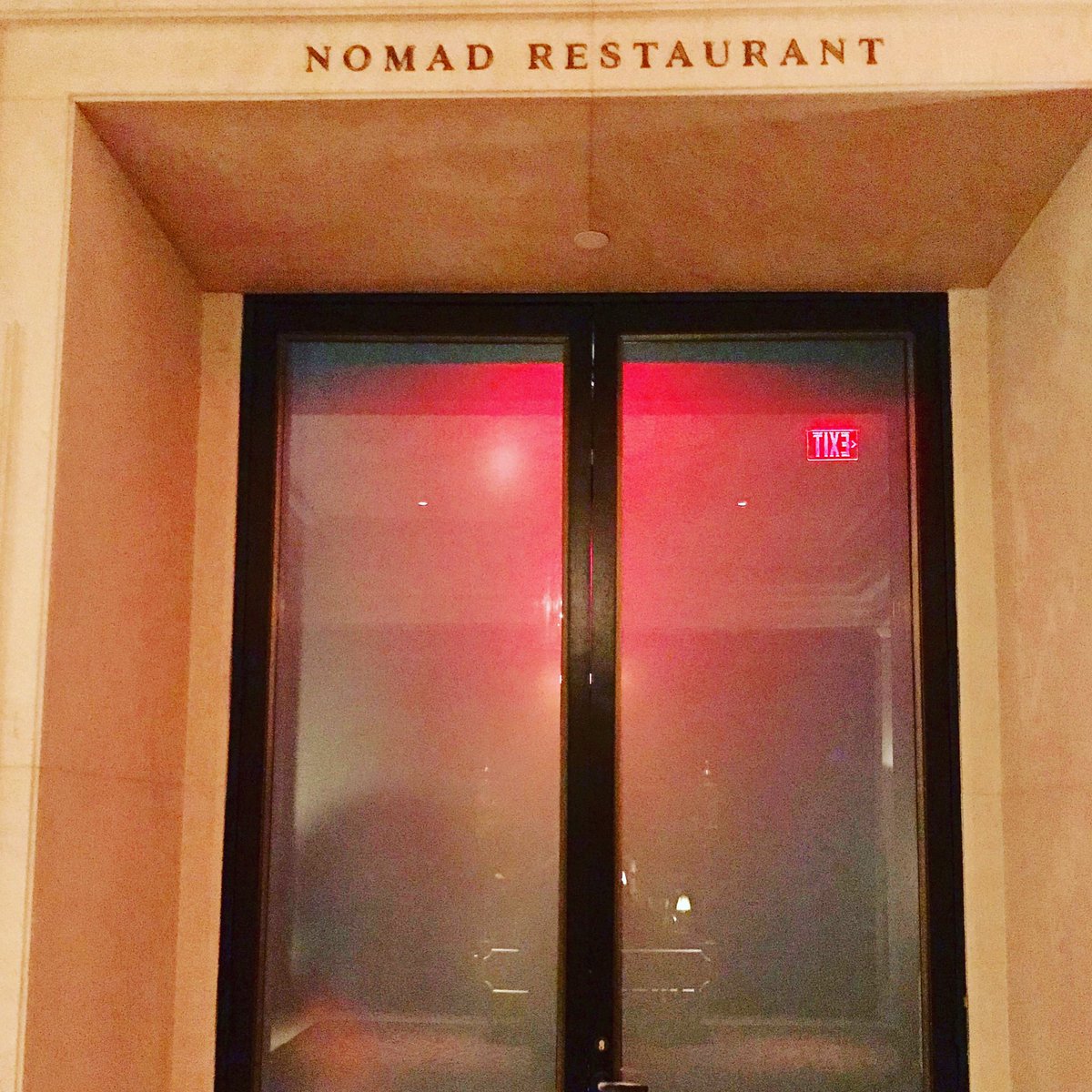
As you approach the restaurant you will see very large doors that give you a hint as to the scale of the place. Right inside those doors, to the left, is the hostess stand. That stand, on both of my visits, has been filled with drop-dead beautiful young women, none of whom seems to have a clue what they’re doing — a simple “hello, my name is ______ ” sending the bevy of them into paroxysms of wide-eyed uncertainty of the sort one usually sees at a Jimmy Choo sale.
If you want to visit the bar, you will be led through the restaurant to a long counter recessed from the main room. If you are ready for your table (after a quick cocktail), neither the hostess nor the well-meaning barkeep will know how to communicate this fact to the other, or impart the necessary information you’ll need to locate one (the hostess or your table).
Persevere and eventually someone will show up. Then, you’ll be taken back to the hostess stand (not a small hike), from which another bewildered lass will lead you to your seats. It’s all quite the production, necessitated by the demands of a (relatively) small-bore, big city eatery deciding it wants to increase its volume and siphon off some Vegas cash.
Humm and company started raking in their dough six years ago with a something-for-everybody style carefully planned to appeal to everyone from the meat-and-potatoes crowd to inveterate Francophiles. The concept seems more Vegas-ready than most of our usual transplants (cf. Vetri), and from your first glance, you will see a menu that confidently mixes its metaphors.
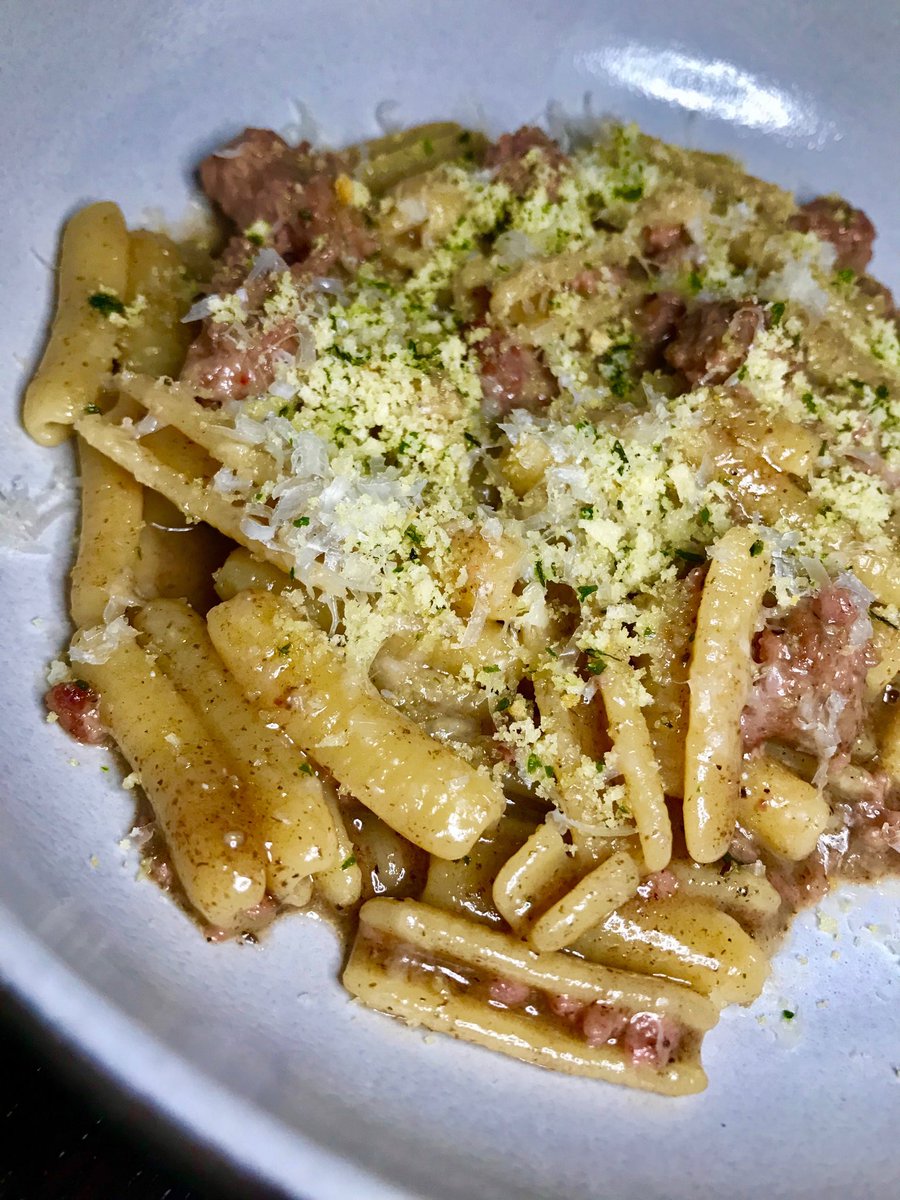
You won’t mind a bit seeing Italian pastas like tagliatelle with crab and lemon ($36) and cavatelli (above) with black truffle and sausage ($28) sitting beside French classics like lobster Thermidor ($64) and beef Rossini ($58), especially when everything is this tasty. Those pastas may not be in the same league as Marc Vetri’s, but the portions are larger and both starches pack a punch.
Before you get to them though, you’ll have to navigate the appetizers. Again, you’ll find a blend of food styles aimed at pleasing the largest swath of customers possible, Thus does rudimentary kanpachi ceviche ($21) share space with an excellent foie gras torchon ($36), while pata negra ham ($38) can be ordered alongside a buffalo mozz/bibb lettuce.

Oysters (above, $34) come two ways (chilled with champagne mignonette and broiled with Parmesan and breadcrumbs), and may be the best composed bivalves in town — the first being (literally) sparkling with acidity, while the second finds four plump specimens warmly nestled beneath an herbaceous, cheese blanket. It’s not easy to accent oysters without overwhelming them, and both versions here walk that tightrope without a stumble.
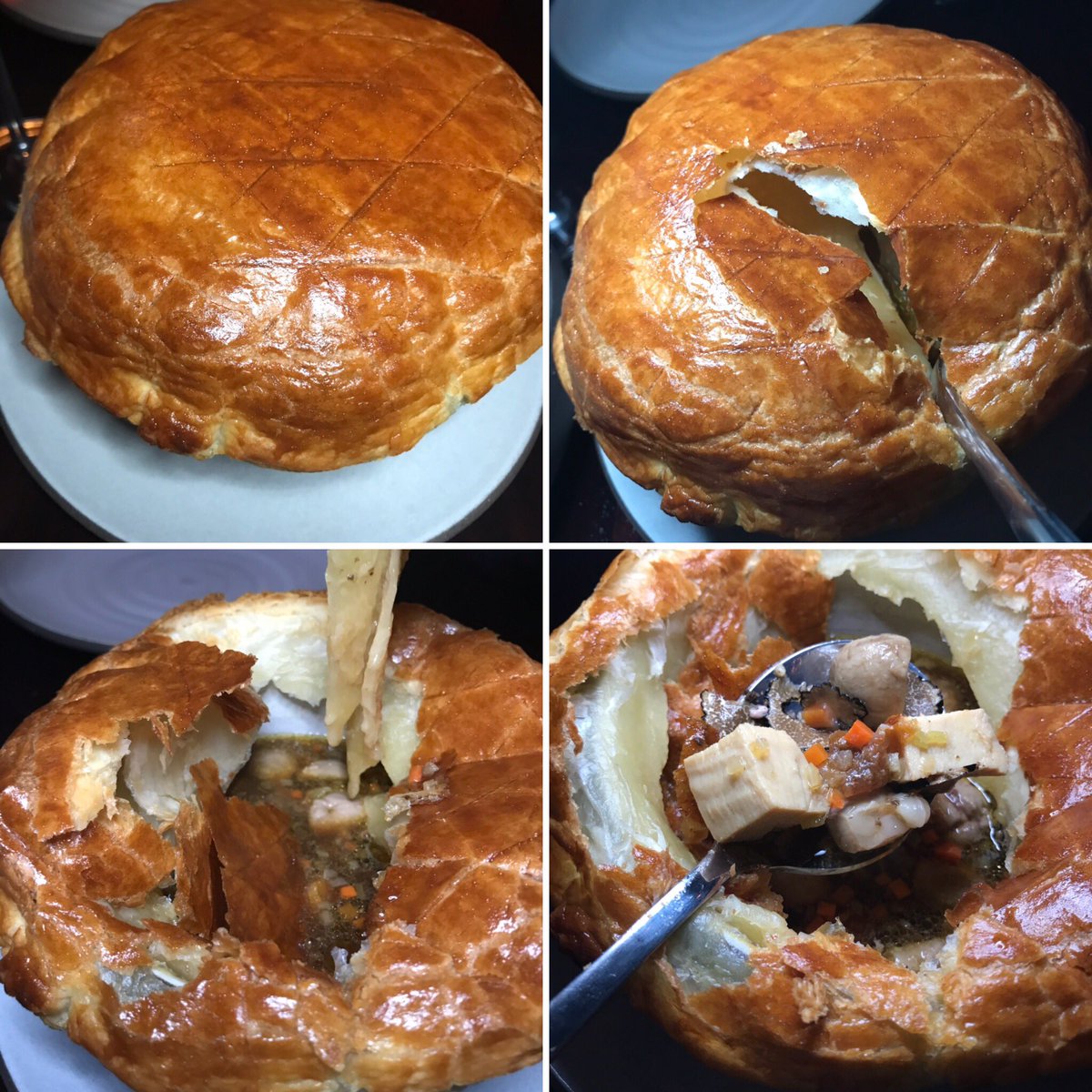
This sort of all-over-the-map eating could be a disaster in less capable hands, but Humm’s crew faithfully recreates the pristine (those kanpachi) with the iconic (Paul Bocuse’s fabled truffled chicken in puff pastry, $32) without a hiccup. The soup is a marvel of simplicity, and any misstep (with the broth, the bird, or the mille-feuille), could turn this homage into a cheap forgery, but as at Auberge du Pont de Collonges, they have obviously honed their skills in making this famous concoction down to a science, and the lip-smacking results are not to be missed by any serious gastronome.

If there’s a dish NoMad can be credited with bringing back from the dead, it is the simple roast chicken for two (above). Once a staple of French dining rooms, it fell out of favor in the 90s as two generations of baton-twirling chefs sought to distinguish themselves with whatever cartwheel they could fit on a plate. (When I lamented the loss of the simple pleasures of a perfectly roasted bird to several chefs a decade ago, they all looked at me like I was advocating the return of the tasseled menu.)
The version here has been gussied up to a fare-thee-well, and finds a beautifully bronzed specimen, “stuffed with foie gras, black truffle, and brioche, dark meat fricasse and sauce suprême.” With a description like that, you expect trumpets to be playing when it’s brought to the table. When you taste it, you find a gorgeous bird bathed in a rich cream sauce containing whispers of all the other ingredients rather than a chorus of them. For the price ($94), one expects more. At that price, you deserve the 1812 Overture.
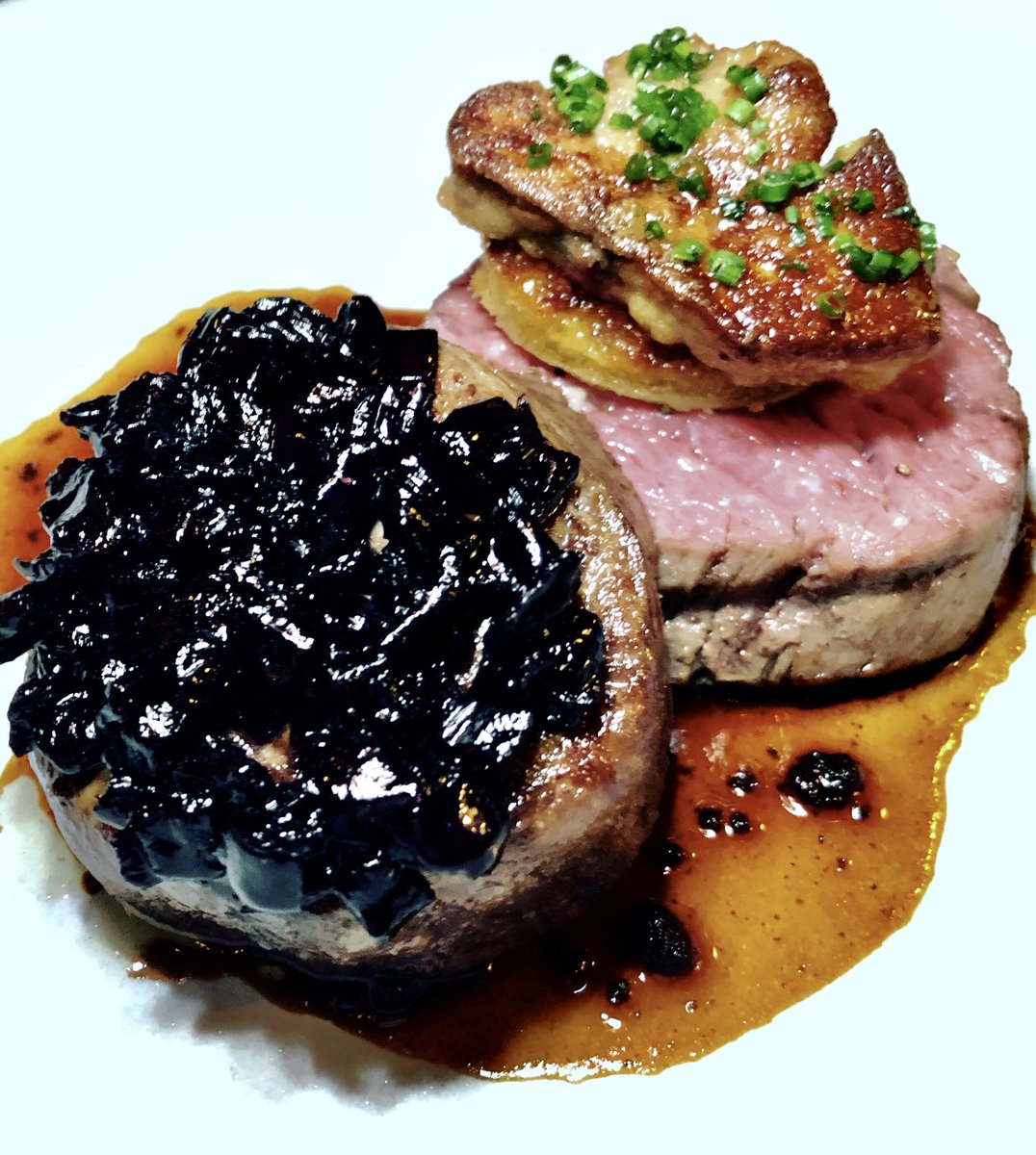
Not to get tacky about it, but cost-to-value ratio is definitely an issue here. $58 brings forth two small tournedos of (probably sous-vide) filet mignon, one topped with a cute piece of foie gras, the other plopped with a black substance that tastes like stewed blackberries but which is, in fact, onion “jam.”
Jelly on meat is one thing, but this invention comes across as a way to distract you from the minimal presence of (the expected, required) truffle flavor in the dish, and an excuse not to use any more foie gras than necessary.
And then you get to the overpriced sides. $18 for a baked potato (mine came with white truffles, I’m not sure everyone else’s does), $15 for sauteed mushrooms, and…wait for it…. $26 for roasted broccoli. Of course it comes with two little Parmesan crisps as garnishes, so there’s that.
The baked Alaska is no bargain either ($28), but it’s a wonder of layered composition — fruit, cake, cream — flamed tableside to your delight at any price. I would’ve happily paid double for it in exchange for knocking the broccoli off the bill. The chocolate mousse ($14) is scooped tableside from a large bowl and is also drop-your-spoon delicious.
Finally, there is the service. If you’ve followed me for any length of time, you know that I rarely comment on it. This is for two reasons: 1) many restaurants in Las Vegas know me, so, as a result, I receive more attention than the average diner; and, 2) I don’t really give a shit about service. As I’ve said before, I don’t care if they dump soup on my head as long as it’s great soup.
I may not care about service, that doesn’t mean I don’t notice it. No matter where I dine, from a place like Le Cirque (where we’ve been dozens of times) to my two visits here, I’m watching how the waitstaff treats every one around me. How is their greeting? Is the water getting re-filled? Is there a lag between courses? Does the check show up on time? How have they handled a complaint? My gaze may not be riveted on any one table, but my antennae are always out.
And out or in, I couldn’t help but noticing that service here is not commensurate with the prices. It starts with that hostess stand and continues through the meal: a lot of attractive young people scurrying about, but vaguely confused about how to get the job done.
Menus show up haphazardly. Four different people ask you the same question. Long lag times. Liquid replenishment is problematical, and one entree shows up five minutes before another (at a two-top, on a weekday evening with the restaurant not half full). Vegetables appear at random, and a glass of wine ordered with your entree shows up with dessert.
At a more modest establishment, these would be chalked up to growing pains. With this reputation and these pretensions, such failings are inexcusable, or, at the very least, mentionable.
If I seem on the fence about NoMad, it is because I am. There’s a lot to like about the place. Some of the dishes take your breath away, the room is spectacular, and the libations (cocktails and wine) are well thought-out, and a treat. (Someone on the Strip obviously got our memo about wine lists a few years ago, as the lists we’re now seeing — here, Vetri, Cipriani, Scotch 80 and others — are stocked with more bottles in the $50-$125 range.)
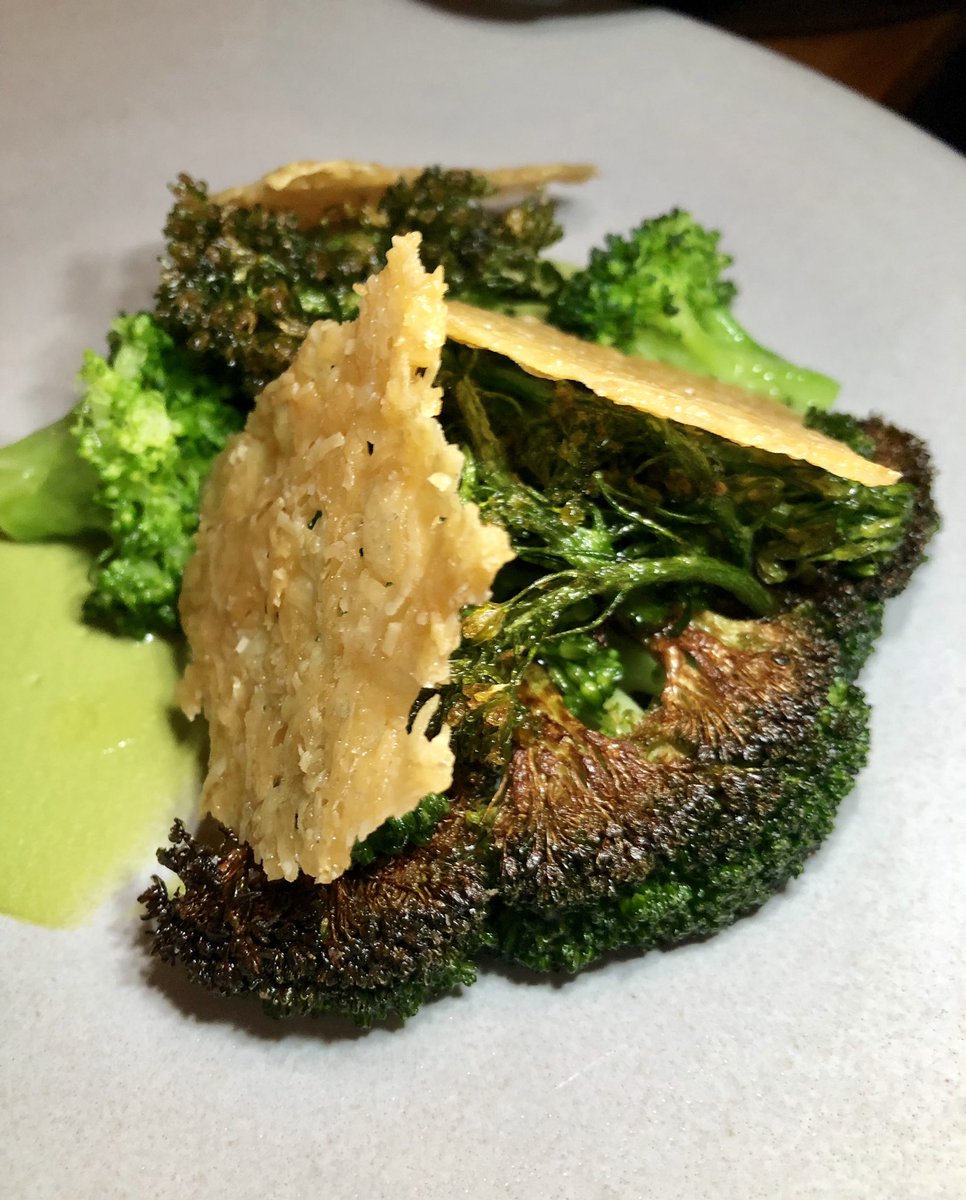
But if the true test of a restaurant is whether you want to come back, I don’t see myself trekking here anytime soon. I may be looking forward to my next Vetri adventure, or plowing through pastas at Cipriani, or diving into dumplings at China Mama, but when it comes to NoMad, I think I’ll stick with the hamburger and the hot dog being sold next door at the NoMad Bar, and leave the fancy dining to those who don’t mind paying twenty-six bucks for a bunch of broccoli.
(Our two meals – for two – came to $521 and $325 respectively, but the first one included a $140 bottle of wine. Expect to pay around $125/pp, exclusive of booze.)
THE NOMAD RESTAURANT
The Park
3772 Las Vegas Blvd. South
Las Vegas, NV 89109
702.730.6785
https://www.nomadlasvegas.com/en/restaurants/the-nomad-restaurant.html

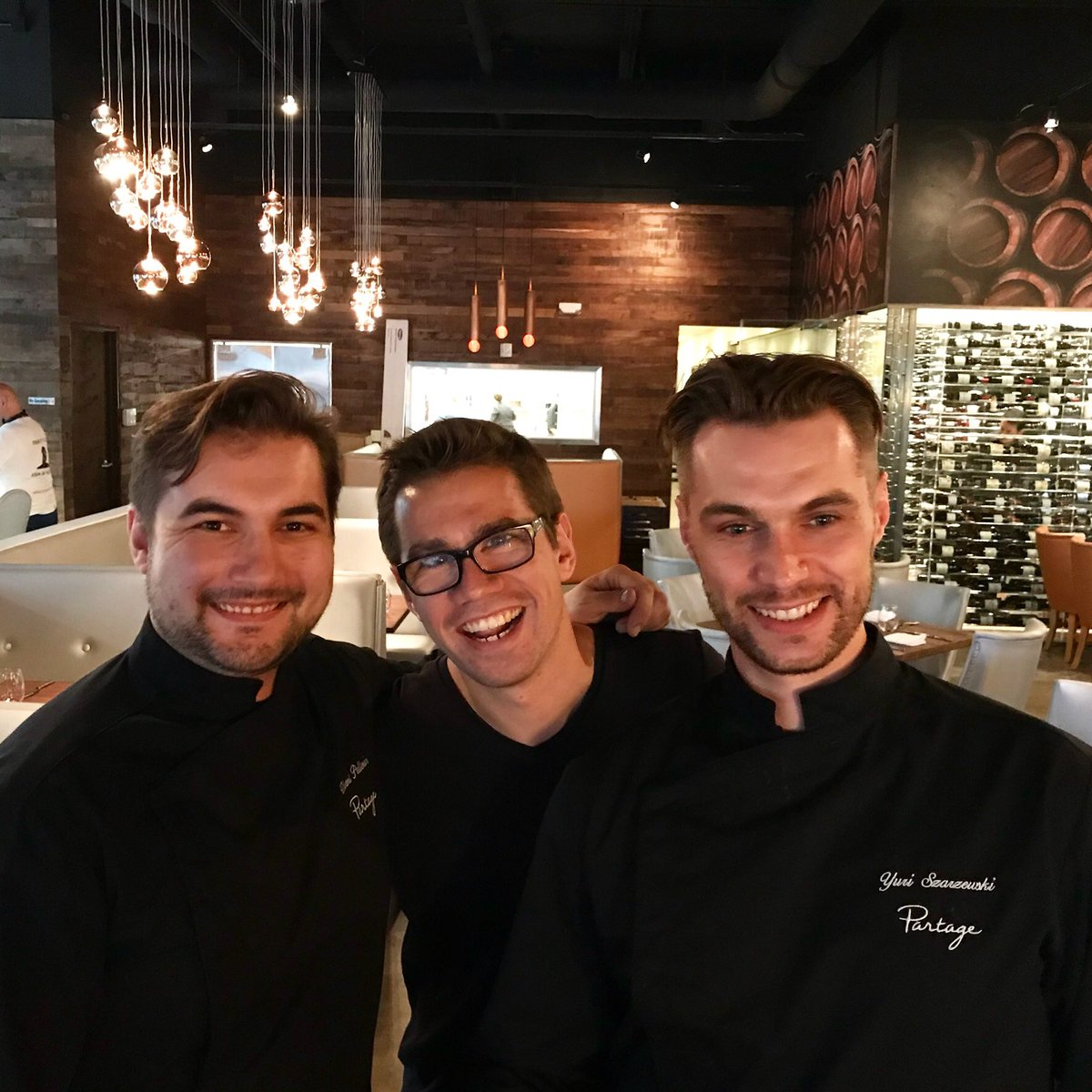 (The Three Musketeers)
(The Three Musketeers)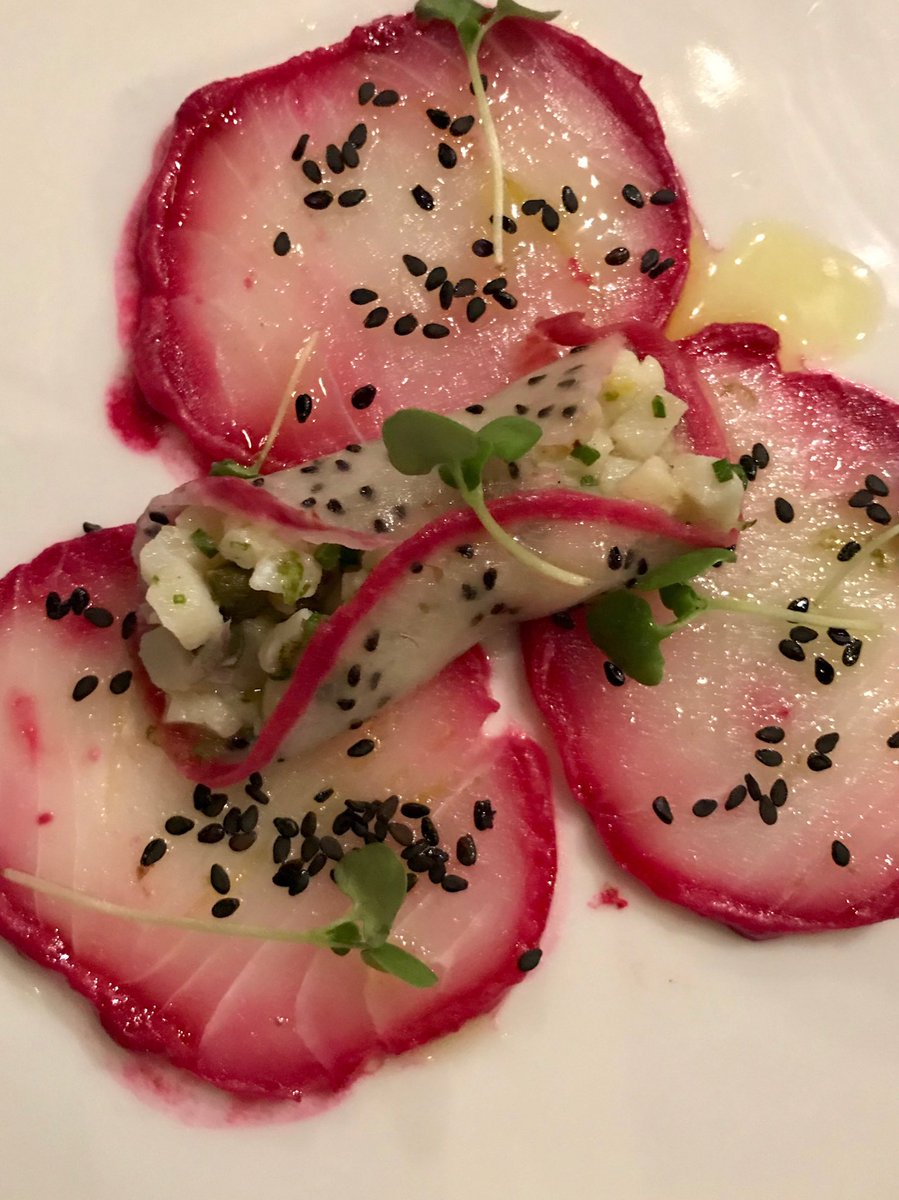
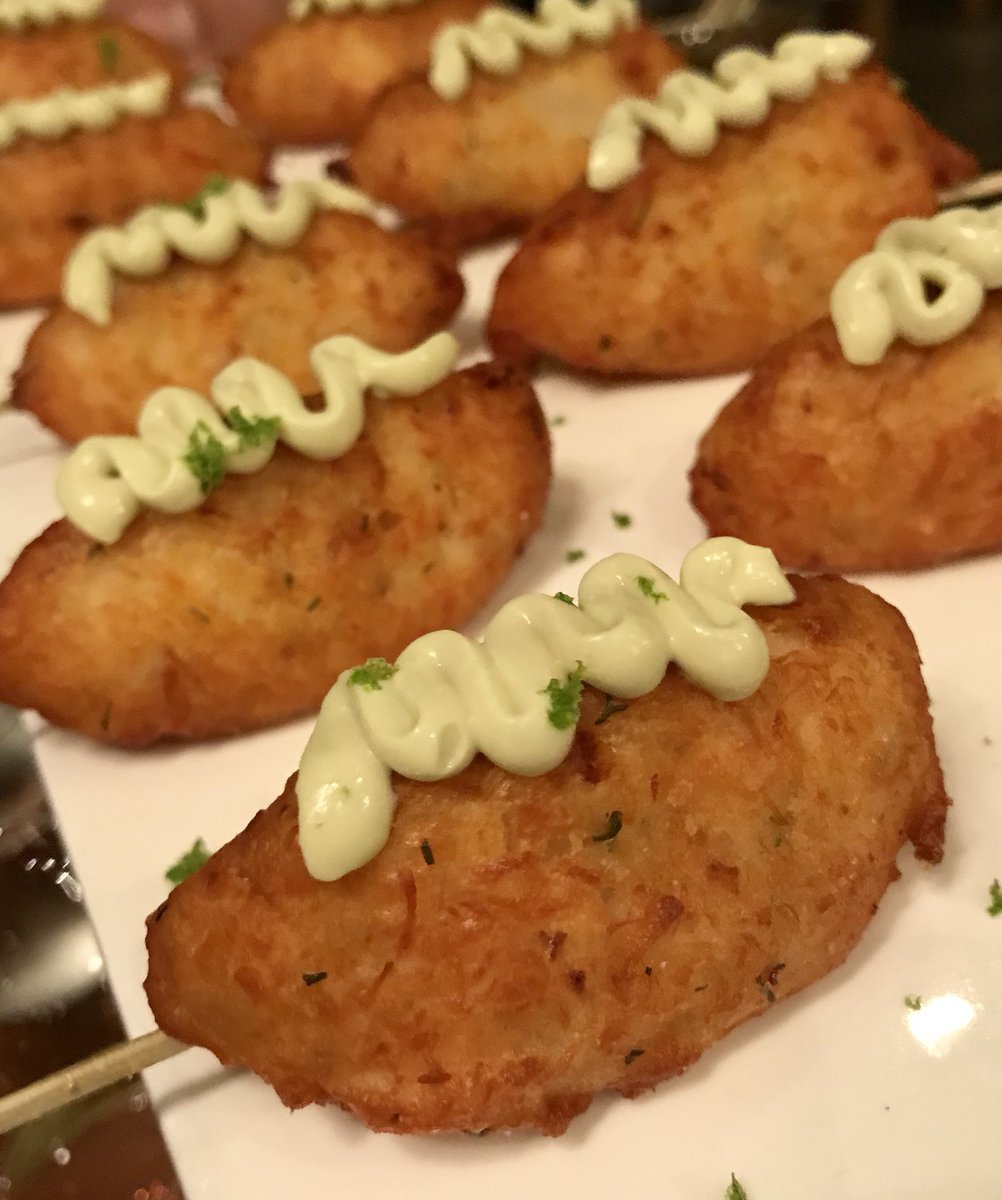
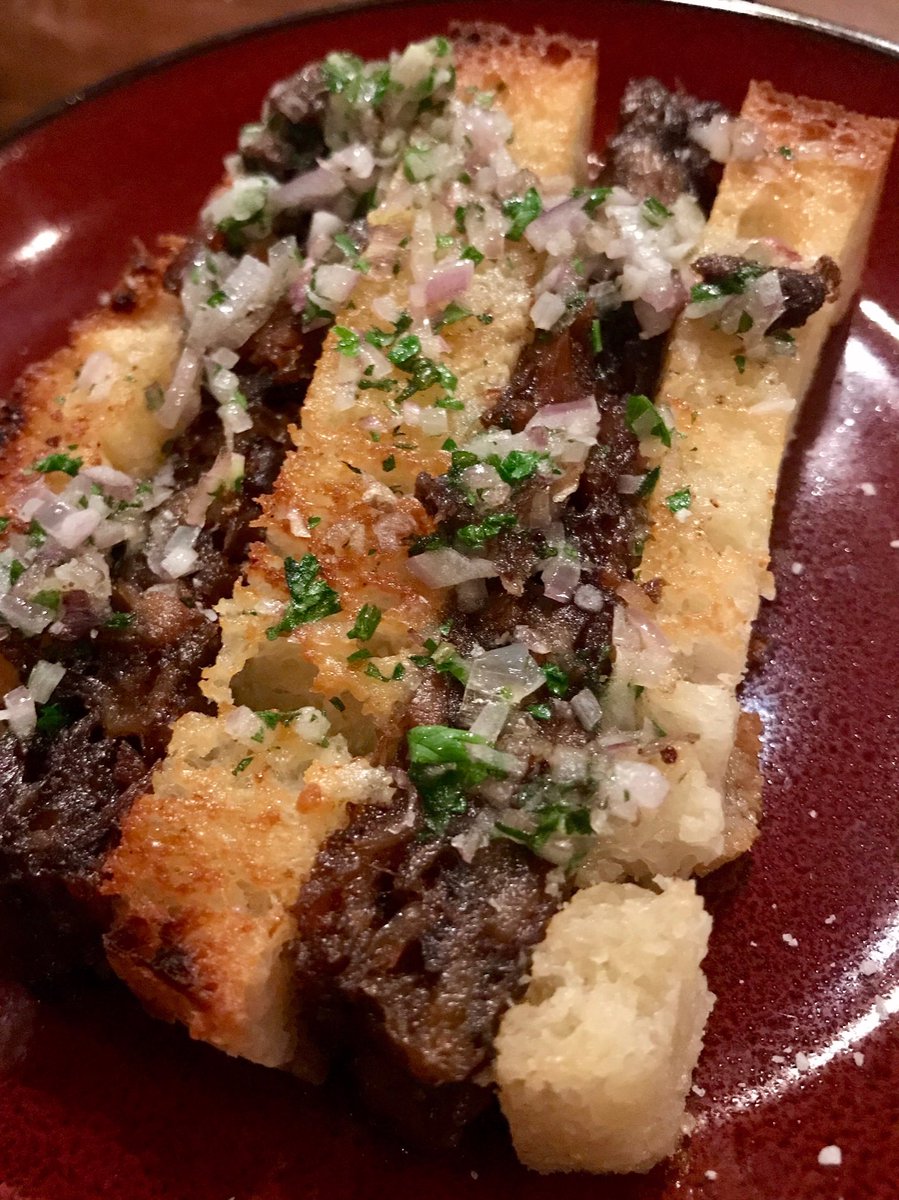
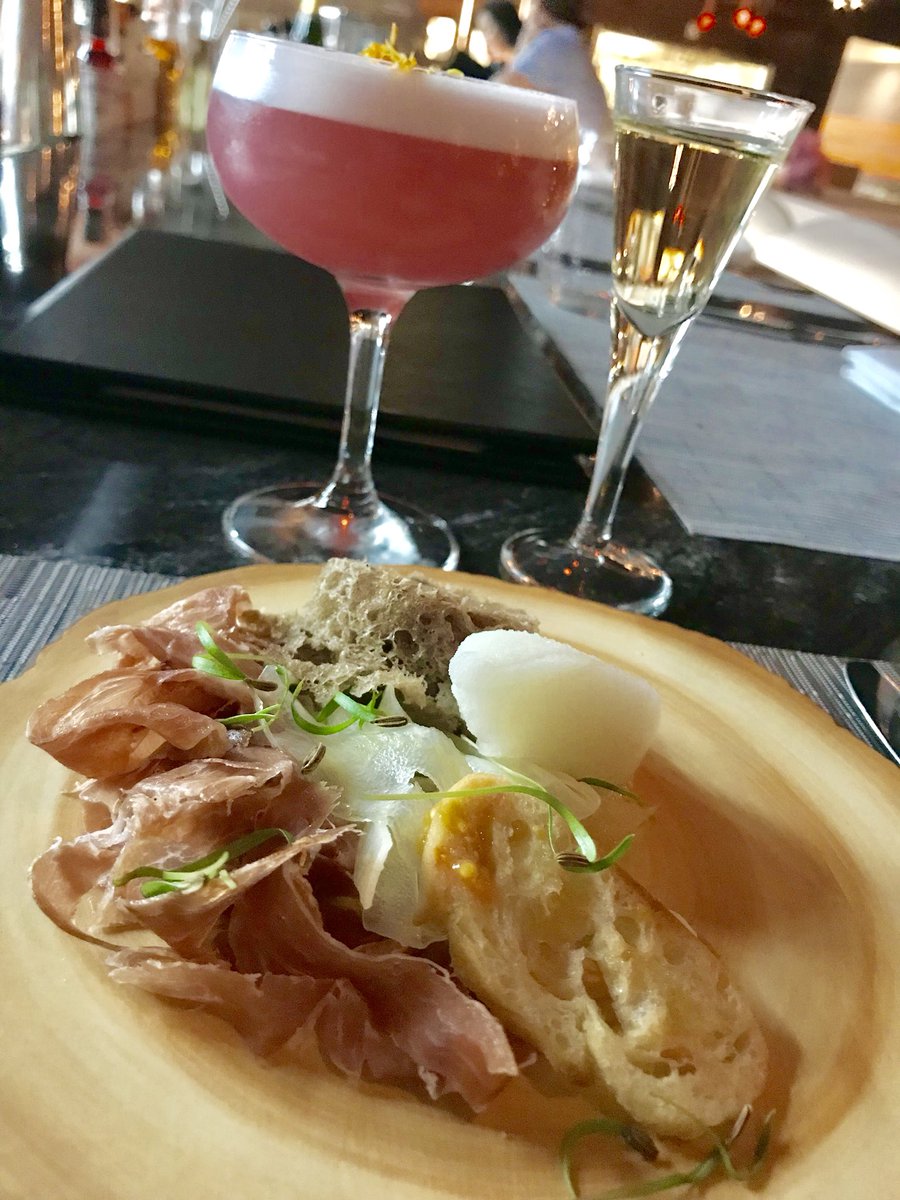
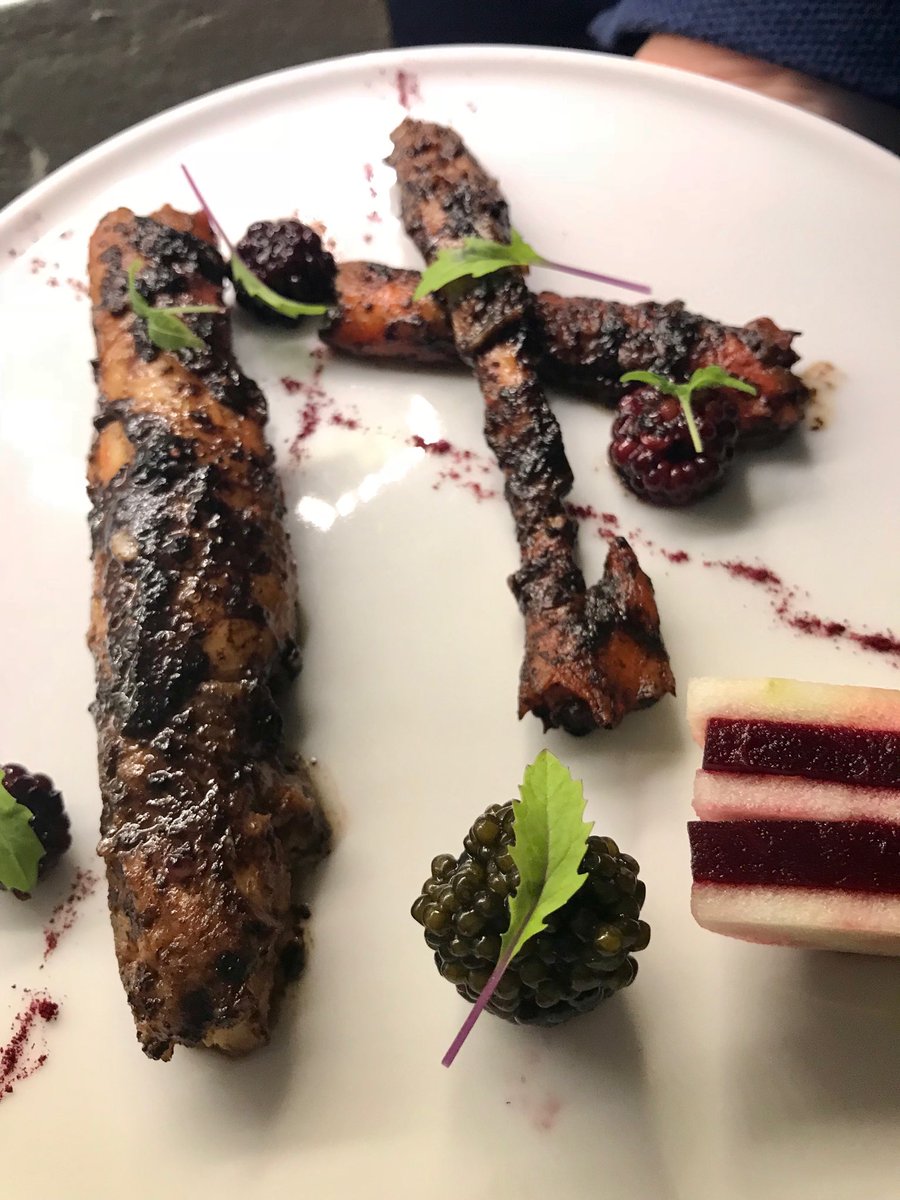 (Honey! The cat’s been at it again!)
(Honey! The cat’s been at it again!)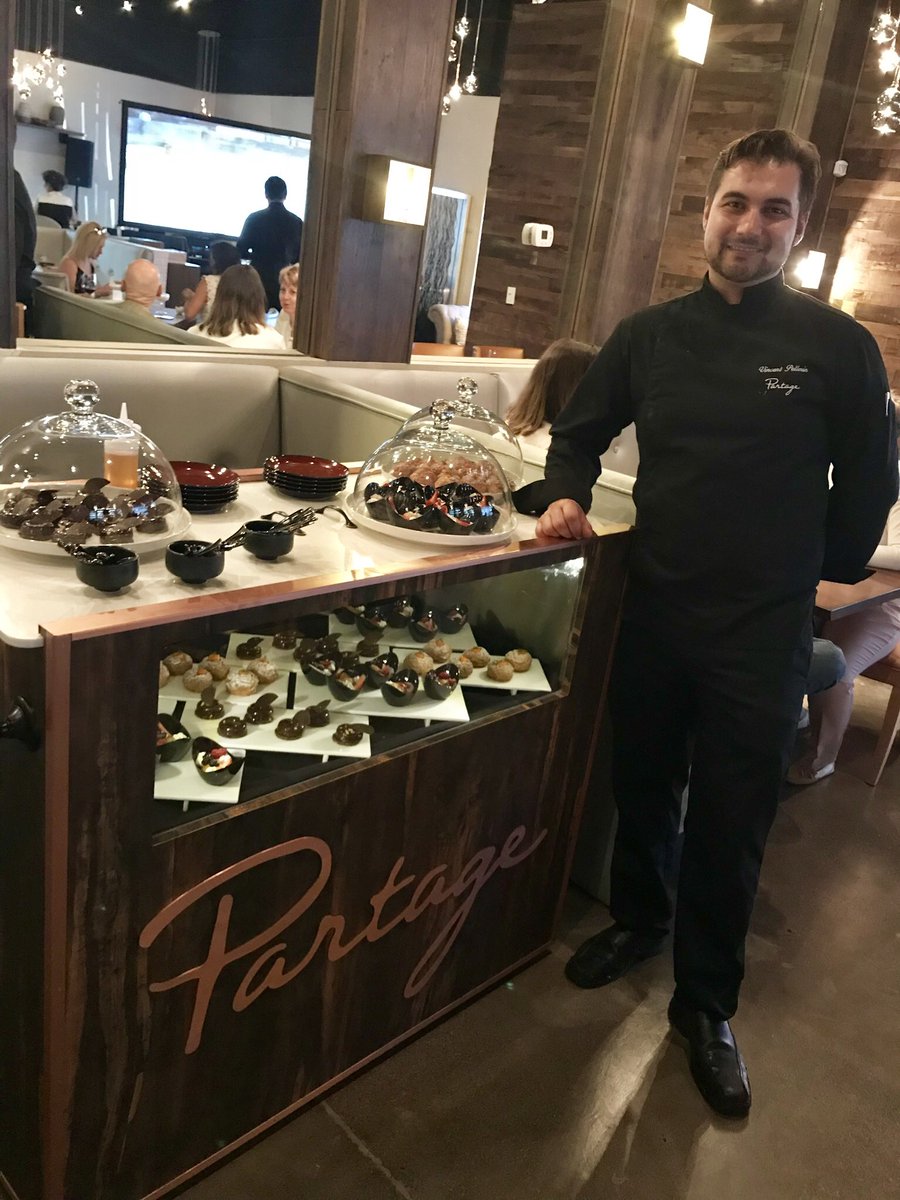
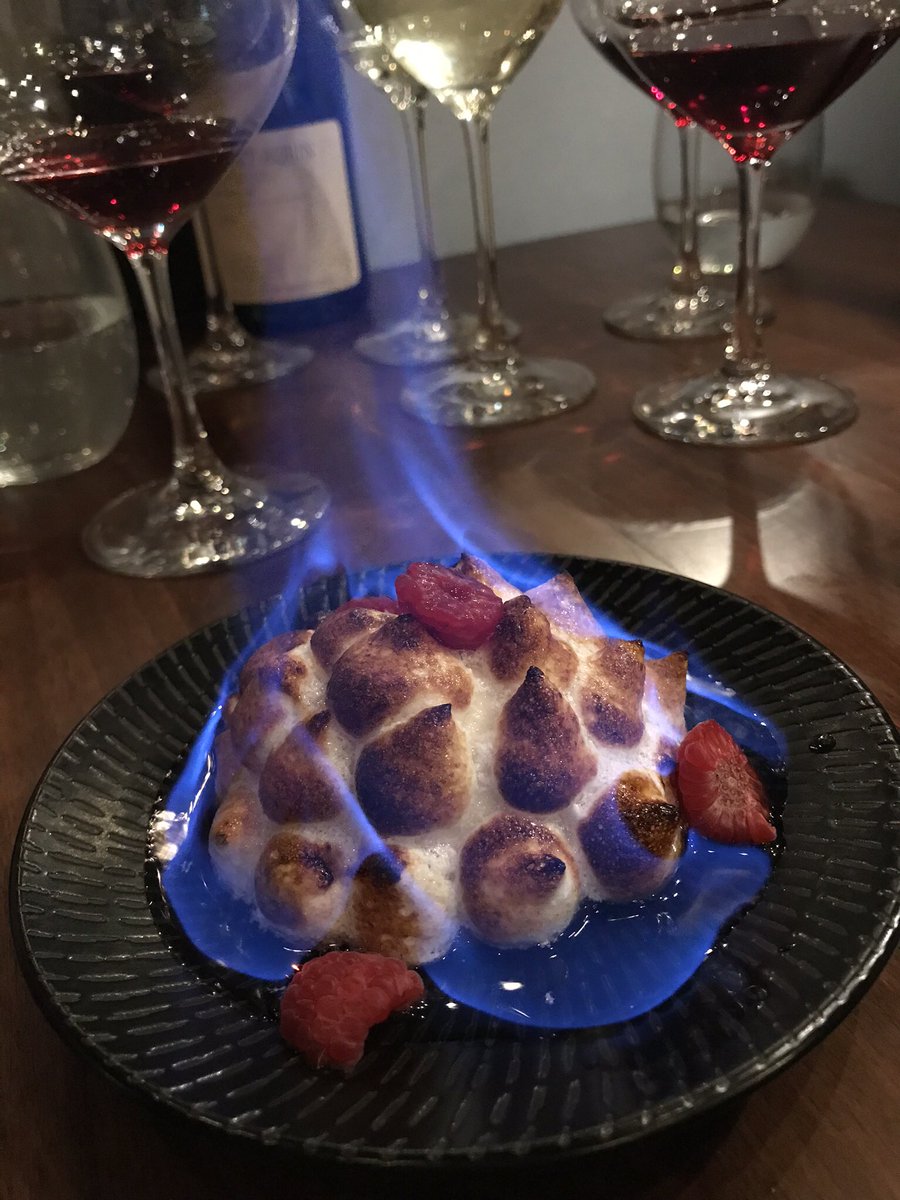 (Like this baked Alaska, Chinatown is en fuego!)
(Like this baked Alaska, Chinatown is en fuego!)

